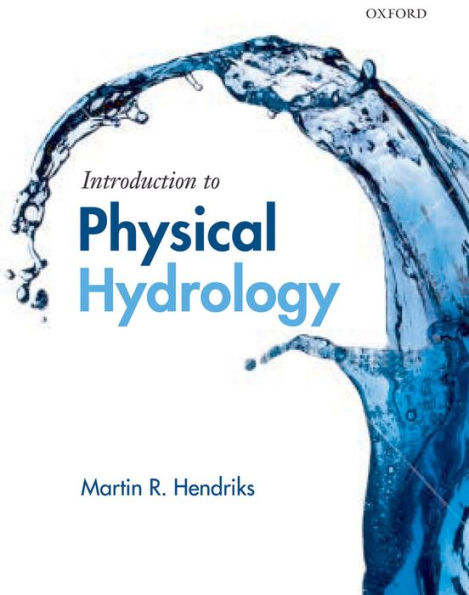5
1
9780199296842


Introduction to Physical Hydrology available in Paperback

Introduction to Physical Hydrology
- ISBN-10:
- 0199296847
- ISBN-13:
- 9780199296842
- Pub. Date:
- 03/26/2010
- Publisher:
- Oxford University Press
- ISBN-10:
- 0199296847
- ISBN-13:
- 9780199296842
- Pub. Date:
- 03/26/2010
- Publisher:
- Oxford University Press
137.99
In Stock

Product Details
| ISBN-13: | 9780199296842 |
|---|---|
| Publisher: | Oxford University Press |
| Publication date: | 03/26/2010 |
| Edition description: | New Edition |
| Pages: | 352 |
| Product dimensions: | 7.40(w) x 9.60(h) x 0.80(d) |
About the Author
From the B&N Reads Blog

